|
Bryan Benge's second badge is propped uneasily in a window in the disused Cornhill Walk, words by Lynda Turbet. Notice This facility is provided by the British government for your convenience. Please dispose of your unwanted items carelessly eg: open borders free trade foreign investment strong sterling moral leadership international respect a United Kingdom (and democracy) Flying pigs will remove to sunlit uplands and/or uncharted waters at midnight 31 October 2019 Lynda Turbet Bryan Benge has exhibited widely, including with the London Group, and recently in In The Dark, The Cello Factory, London; The Art of Caring, St Georges Hospital, London in 2018 and 2019; Penrith Gallery, St Ives; Pulchri Studio, The Hague. He has work in numerous private collections, and in the Tate Gallery Archive. See www.bryanbenge.co.uk
Lynda Turbet observes the world from North Norfolk and tries make sense of it all through writing.
0 Comments
Simon Brewster's second artwork contrasts with another figurative sculpture in the vicinity of the cathedral, eliciting an intriguing response from Tim Welton. Jessica blinked her eyes and tried to waken her senses. It wasn’t that she found the services in the Citadel boring; on the contrary she mostly looked forward to the rambling stories read from the old brown leather book; but today she felt as if a fog was lying heavy in her head. The slow voice of the minister plodded on and showed no sign of being able to burn away the numbing haze, so Jessica resigned herself to drifting in the currents of the half-sung language; that strange vernacular that only the devout use. Ancient and arcane phrases, which sound familiar, but resist clear comprehension and so lend an impression of awe and solidity.
Today the congregation were being reminded of the story of the Sacrificial Council. One of the four cornerstones of the New Religion. She looked around the Citadel. There must be a statue or painting of it somewhere. There were in most Citadels. Her mother would have shuddered; she who never really appreciated the beauty of the five branched gibbet. She thought it was a gloomy image and she couldn’t understand why a religion could be based on something so ghoulish. Jessica understood. Every religion has a dark core, the acknowledgement and acceptance of which allows us to see the beauty in the world. She smiled at the memory of the countless times she had won that particular argument with her mother; and then frowned as she momentarily doubted whether the conviction was actually her own or whether it had been placed there during the long Citadel study classes. Her eyes fell on the lower left chancel step. There it was. The statue with the blue core and copper branches and the disgraced Council in their traditional white hanging from the twining coil of the metal gallows tree. She loved the name of the five council members. Tod, Rob, Slave, Bunter and Cray But as she stared at the icon she was forced to blink her eyes again, although this time not to ward off her drowsiness but to check whether what she thought she saw was true. Why had she never noticed this before? She knew the tale by heart. How the five council members had taken the town to the brink of destruction; how five men had used their power and position to plunder the copper from beneath the town for their own profit leaving the inhabitants broken and reeling; but also how five men, when confronted with their transgression, chose this unique and honourable form of mutual sacrifice to show penance to their wronged people. She was sure that she had looked before at the small but perfect representation of the story, which now stood on the lower left chancel steps. But what she had never noticed was that here, one of the disgraced men had been replaced by a woman… Tim Welton Simon Brewster has an MA in Fine Art from Central St Martins College of Art & Design. He exhibits widely, including solo shows at W3 Gallery, Exposure Gallery, Pitzhanger Manor and the Royal Institute in London. This year he has exhibited in Thought Atlas and Cabinet at Espacio Gallery in London. See www.simonbrewsterart.com and Instagram simonbrewster99 Tim Welton is a theatre practitioner who, as an actor and director has worked on numerous productions including Light Shining in Buckinghamshire (Royal National Theatre) London Road (Royal National Theatre) Dancing at Lughnasa (Garrick Theatre) and Cabaret (Lyric and Savoy Theatre and National Tours). He has written for theatre (Carnival UK) and online digital media (BBC Radio Jam) and is currently developing and writing new musical commissions with Three Pin Productions, the brainchild of West End Performer Ruthie Henshall and Musical Director Paul Schofield. I'm grateful to Amilia Graham for taking over the curation of groving while I'm tied up elsewhere. Today she placed Julia Manheim's second piece in Abbeygate Street. Read this aloud and as quickly as possible. We don’t have much time.
I want to tell you about this geezer - diamond geezer - drank Double Diamond most of the time this geezer did, at least in photos, you know what I mean? It’s tough right now, I understand that, he says, some of my best friends, many of my fans, are diamonds in the rough too, he says, like you, he says, trust me he says, I’m one of you he says, just trust me, I get what you’re going through, it’s tough - so tough - but I’ll make it all go away, trust me I’ll make it right, I’m one of you, always have been... On the radio in the USA, they say, when I was still at school, there was a DJ called Dave Diamond (look him up) who was funny and clever and wise and kind, wisely played the fool, and flicked and kicked and twisted words (in a good way), hit his listeners' truth and hope all over the baseball diamond of their shared lives, he was a girl’s best friend was Dave Diamond... Anyway, back to Double Diamond Man: he drops Latin into his conversations with us and is adamant (get it?) he only lets us know what he knows because he’s one of us, even got a bus once, sits in pubs and - though we all know adamao (the root of the word) means ‘I tame’ or ‘I subdue’ in Greek - he still fools enough of us enough of the time. Diamonds are forever, after all. Read this next bit more slowly. 1) Did you know diamonds refract? They deflect the straight path of light. 2) I think we’re all, in essence, blood diamonds. In this time of conflict we sit while he uses us to fund his efforts to make war, to forge ugliness from beauty. 3) We should make Dave Diamond our leader. Before it’s too late. Kevin Acott Julia Manheim's work has encompassed contemporary jewellery, public art projects, sculpture, installation and video. As grove resident artist in July this year, Julia walked through Bury St Edmunds and the discarded objects that she found took on a new life in a beautiful installation. See www.quay2c.com/index.php/m2/detail/julia_manheim1 Kevin Acott is a writer, lecturer, whiskey lover, and Spurs sufferer. He’s a sort of left libertarian/sort of anarchist who feels strangely attracted to French chansons, Greenland and Joseph Conrad as he gets older. His own acts of resistance have included wearing socks with ‘Tuesday’ on them on a Thursday and ordering coffee before the starter. Deborah Pipe's miniature monumental relief has found a home in the Abbey Gate. Horses for Courses I sit at the back of beyond. And, yes, the horses came but left again – as in some mid-century relief by Kenneth Armitage, or reminiscent of a poem by Edwin Muir – pre-dating Bill Viola’s visitors from another world. This is (clearly) sculpture – having all the qualities, all the hall-marks, (hoof marks), of process demonstrating the elements that went into its making – even more than painting – more evocative than reality, as art can be. Or like Chinese Warriors, newly discovered, half buried in earth, in their own history, like memory – the back-end of course – like the back-end of a horse disappearing, 8 horses, of course – the four horsemen of the Apocalypse and their doubles nowhere to be seen – 8 being a nice round number – arranged in this marginally rectangular frieze. Melting into (their own) history of silence, a wall – as if running away from life itself, or something beyond. Beyond words – representing mystery – beyond meaning – recognising memory as a dance or play without plot or words. This poem (also) about leave taking, about absence, about images in the fog of history, about disappearances or simply disappearing. Phil Barrett Deborah Pipe focuses on the dynamics of clay and considering the responsiveness and tactile opportunities of other 3D materials. She is currently investigating the often grotesque images and marginalia found in early manuscripts and in architectural features. After a career working in mental health services she is highly conscious of art as a media for social change and a form of self-expression and healing. The multi-disciplinary and responsive nature of groving and opportunity to make social comment made the invitation to join this project particularly attractive and exciting.
Phil Barrett taught art for 27 years, then retired to his home county of Norfolk where he concentrates on writing. He teaches creative writing, in schools and libraries across North Norfolk. He has won prizes and commendations in national competitions, and has been published in anthologies including In Protest: 150 poems for Human Rights (2013), Word Aid Anthologies Did I Tell You? (2010), and Not Only The Dark (2011), the Ink, Sweat and Tears webzine, and Poems in the Waiting Room in 2016 and 2019. In January 2017 he published a book of poems, Writing Me, about growing-up. Amilia Graham's cast silicone End of Body marks the junction between Northgate Street and Mustow Street. Two writers, Natalie Low and Phil Barrett, have responded to the piece. Road-Fever I must down to the motorway, to lie on the tarmac stretch With the willowherb and the groundsel weed and the pinky-purple vetch. And all I ask is another night with the sound of the engines baying And the lights’ smear and the horns’ blare and the radios playing. I must down to the roads again, to walk the crazing lines, And all I ask is to resurrect and stand the fallen signs: Yellow diamonds, circles of blue and red triangles, Now-Delphic marks lying beneath ivy’s strangle. I must down to the roads again, to sit in the rusting wrecks, And long again for the window’s rush of air upon my neck. And all I ask is the slap of speed, and the road fast disappearing, And my hands on the wheel as I overtake, and my destination nearing. Natalie Low Stating the bleedin' obvious That’s a nice car. That’s a nice car. That’s an ice car! Not mini people know that – Broom, Broom! It’s a shadow, it’s a shadow, it’s shadow more substantial than it is itself. Can it survive the heat of Britain in the 21stcentury? The heat of a hot summer’s day? – a nice car like that? It’s very dinky. Just right for a drinky? Just right for a nice drinky Is it ice for a nice drinky? Nice for an ice drinky? I’ll drink to that! Is it ice for a reason? Or ice for the season? It’s not ice, it’s resin. It’s not nice it’s resin. And no longer British but German – not British! that’s germane. Is it just another thing that’s melting away? No longer British – even by name? Is it no longer British? That’s a shame. It’s like the ghost of itself, as we are like the ghosts of what we’ve been. I’ll drink to that! Phil Barrett Amilia Graham is interested in the way capitalism informs relationships between humans and nature. She works across all different mediums, but is primarily drawn to time-based practices such as writing and film. Her research draws from psychoanalysis, film theory, feminism and Marxism. She has completed a foundation in art and design at Central St Martins and will soon begin a degree in fine art and history of art at Goldsmiths. See www.amiliagraham.uk and Twitter @AmiliaGraham
Natalie Low enjoys putting words on paper and believes that everyone has a book of some sort inside them. She has published two chapbooks, Dementia (2015) and School Run (2017). She is a regular contributor to CollectConnect exhibitions, both as a writer and artist/maker. Phill Barrett taught art for 27 years, then retired to his home county of Norfolk where he concentrates on writing. He teaches creative writing, in schools and libraries across North Norfolk. He has won prizes and commendations in national competitions, and has been published in anthologies including In Protest: 150 poems for Human Rights (2013), Word Aid Anthologies Did I Tell You? (2010), and Not Only The Dark (2011), the Ink, Sweat and Tears webzine, and Poems in the Waiting Room in 2016 and 2019. In January 2017 he published a book of poems, Writing Me, about growing-up. |
Barbara DouganI am an artist and the curator for grove and groving. This blog is groving online, and records the artworks placed on the streets of Bury St Edmunds along with responses to the work by commissioned writers. Archives
September 2023
Categories |
Proudly powered by Weebly
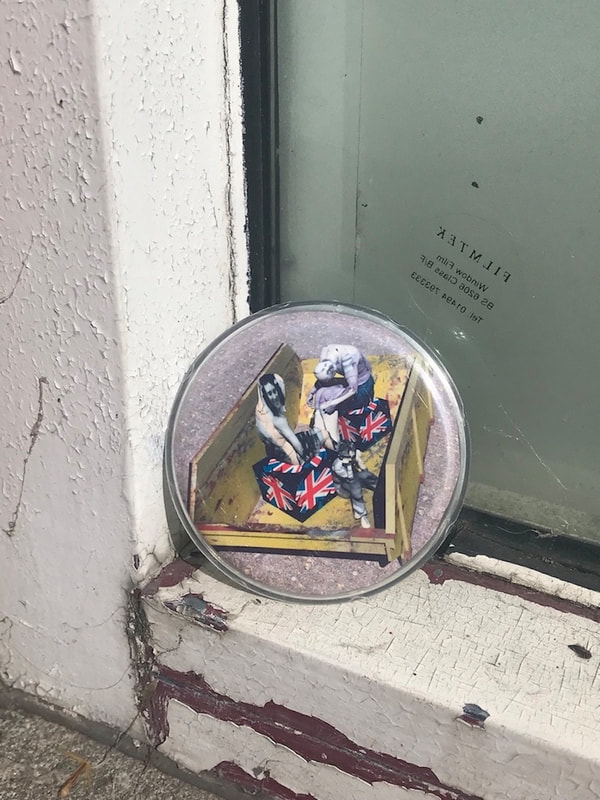
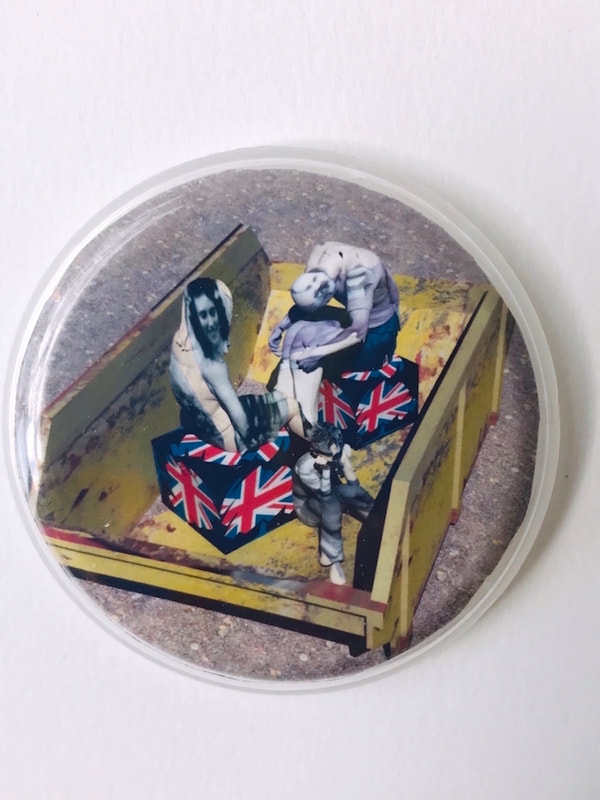
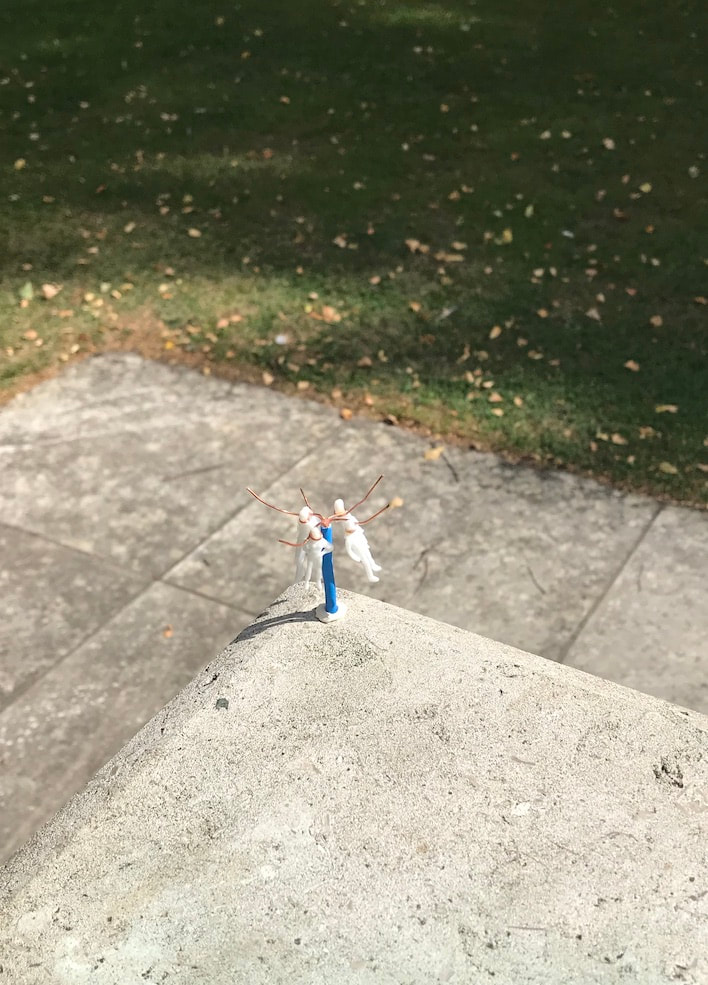
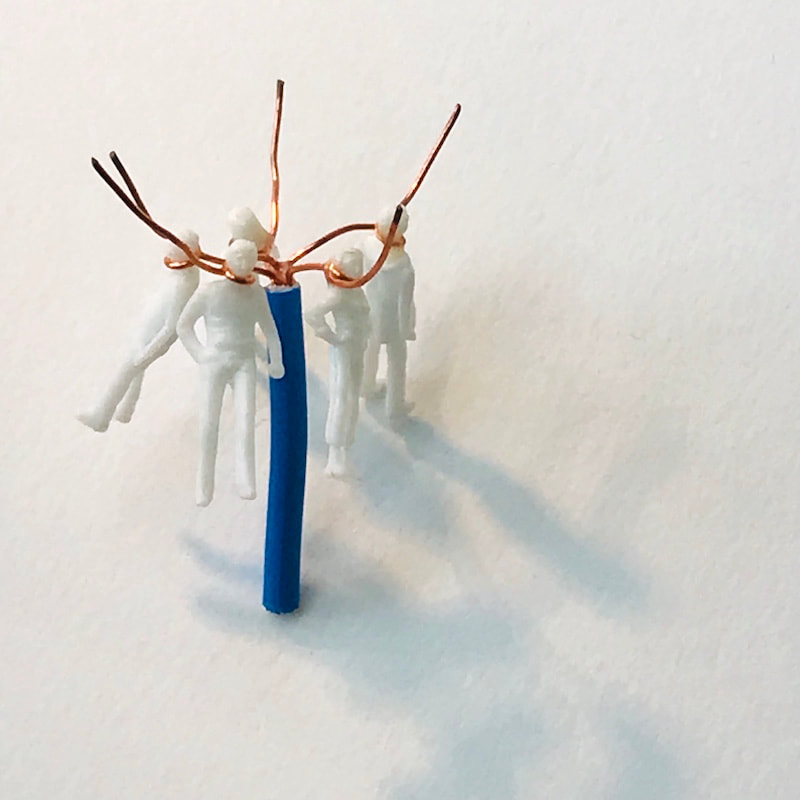

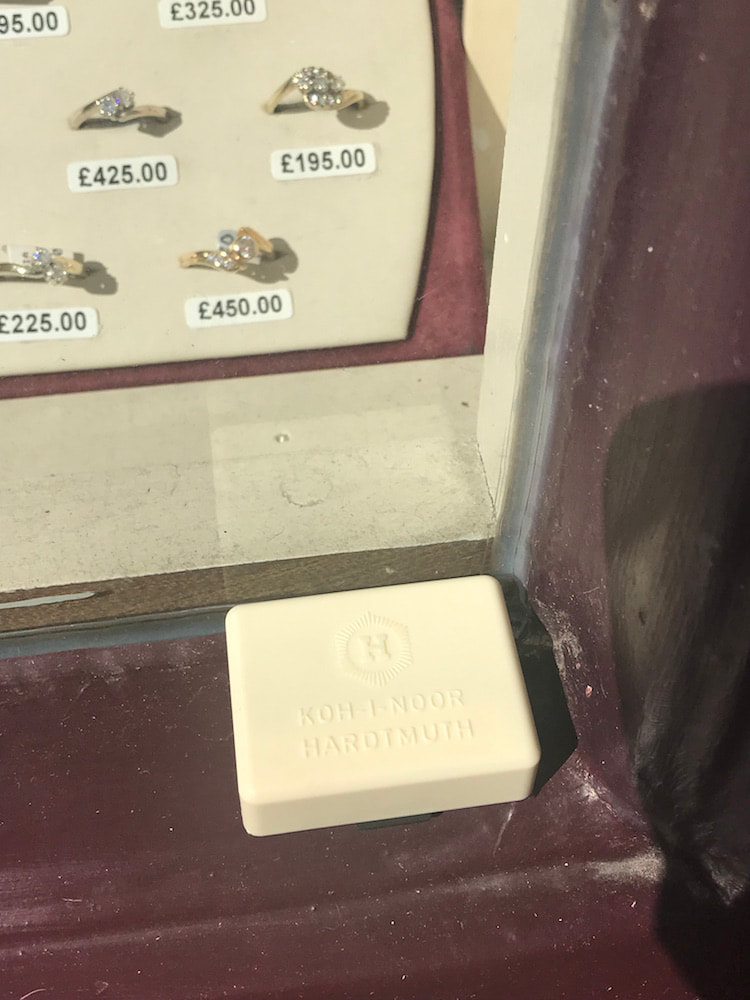
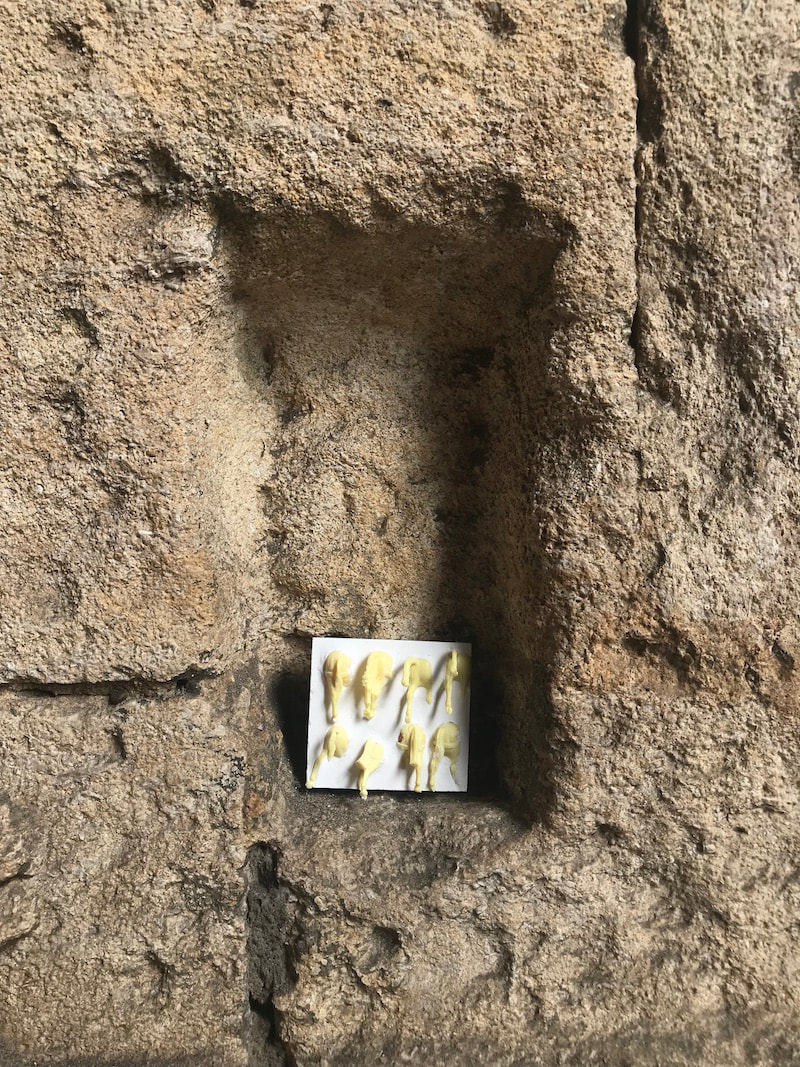
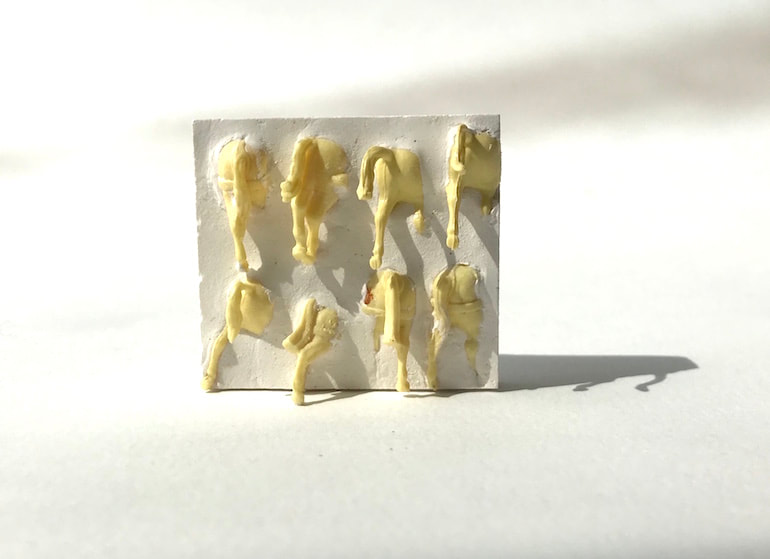
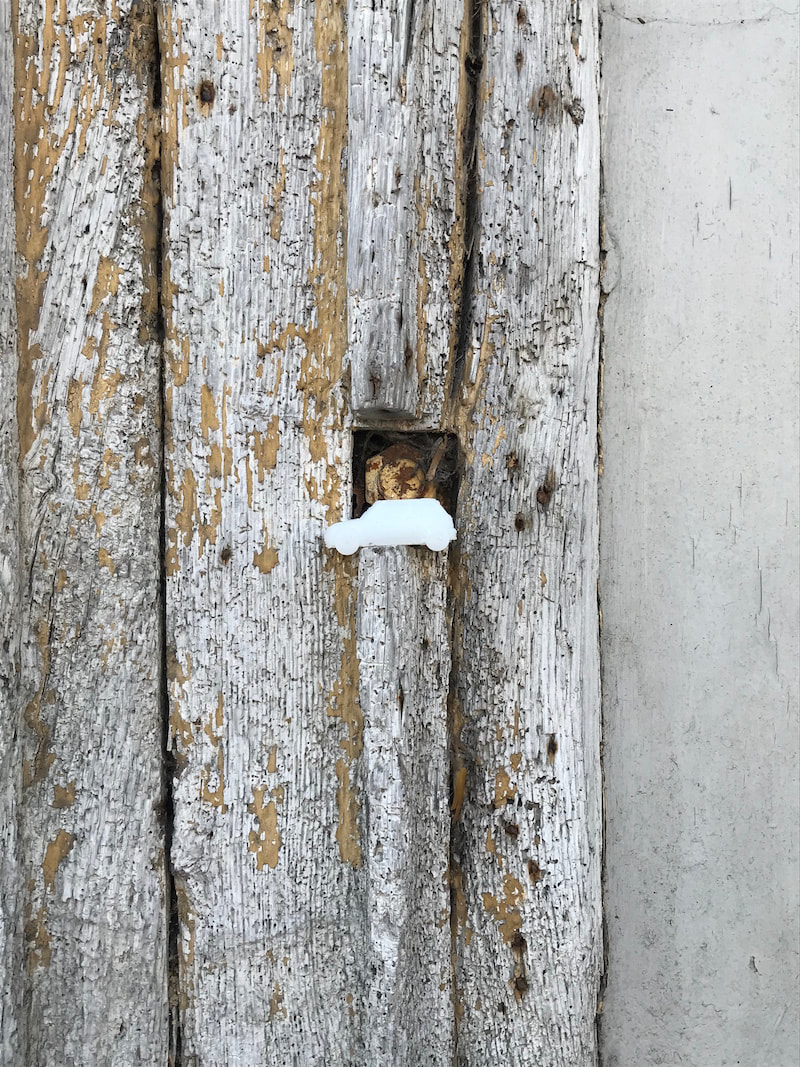
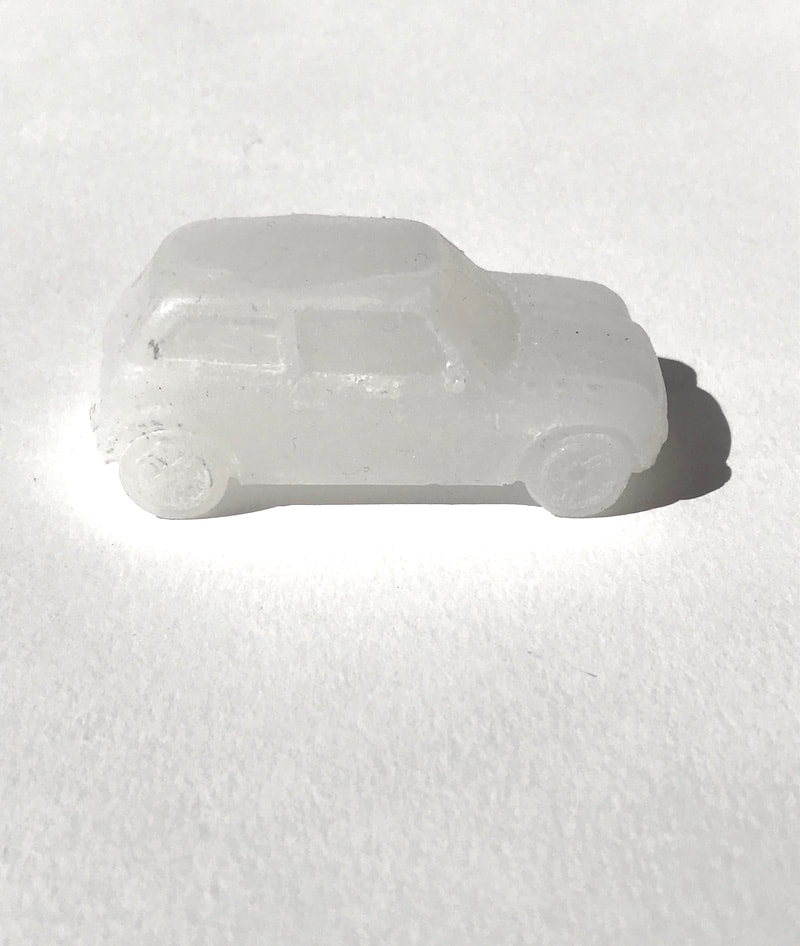
 RSS Feed
RSS Feed